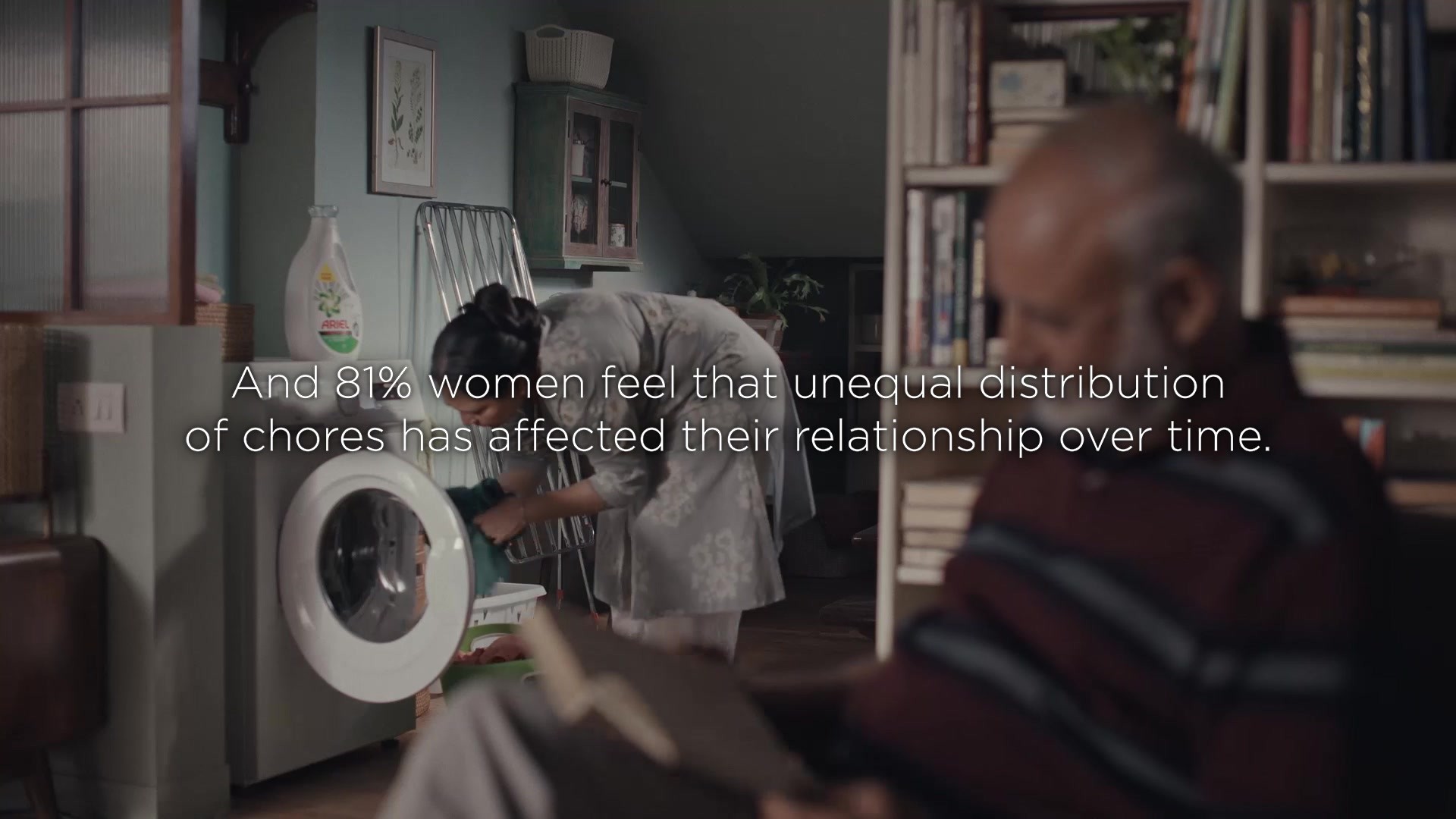Cannes Lions
United For Food
11:11 THE CHALLENGER COMPANY, Sãio Paulo / UNILEVER / 2022

Overview
Entries
Credits
OVERVIEW
Background
According to FAO (2019), Brazil is one of the top 10 countries with the highest Food Waste. Almost 30% of food produced is wasted - 40% comes from industries and retail (UNEP, 2021) - at the same time, 19 million Brazilians are going hungry (Embrapa, 2021).
For the last three years, Hellmann’s has been fighting against food waste by inspiring consumers to be more resourceful with their foods at home.
Idea
The problem is still huge, so we had to start tackling food waste outside homes as well, so we invited industries and retailers to join Hellmann’s to fight waste all over Brazil. We created a social business pattern in partnership with industries and retailers to tackle both sides of the problem - food waste and hunger - with a project called United For Food.
Strategy
It was at the beginning of 2021, when Brazil was going through one of its biggest hunger crises with 19 million Brazilians going hungry (Embrapa, 2021) that a group of volunteer employees from Unilever got together with the aim of acting in the face of this reality. In just a few brainstorming meetings we came up with the idea that quickly became a pilot in 2 weeks.
With no time to waste, while the pilot was being structured, we briefed Buzzfeed to work on a visual identity and come up with a plan that would amplify the initiative.
Also, since much of the waste occurs in industry and retail, we defined these as our donation partners to connect them with Infineat, our logistical partner which was already actively fighting waste, responsible for collecting the donations and delivering them to NGOs to be transformed into meals and distributed to vulnerable people.
Execution
From the first brainstorming meeting to the pilot implementation, it took us only two weeks. On May 9th, 2021, Hellmann's launched the project with five partners and one NGO responsible for the production and distribution of the meals.
The model developed has generated value for all involved. Industries and retailers donated the food fit for consumption, saving fees and costs that would be spent if the food were discarded. On the other hand, the logistic partner collected and took all that food to NGOs that were able to increase their production capacity of lunchboxes at no cost.
In the first month the project saved 7 TONS of food and distributed 15,000 meals. By 2022, we project to reach the amount of more than 500 tons saved and 1 million meals distributed.
Outcome
The project has contributed to the reduction of food insecurity and hunger. After nine months, 232 TONS of food were saved and transformed into more than 338,000 delicious meals for the vulnerable population. It also avoided the emission of 989 TONS of CO2 into the atmosphere and the waste of 363 million liters of water.
70% of the donations came from industries and retailers, proving the value of the initiative for these partners. We are also looking to government agencies for possibilities for tax exemptions and reductions in proportion to the volumes donated.
The project had as its main media social networks of influencers who donated their fees to save more food and the theme is considered so relevant and the initiative is so powerful that this media generated a lot of PR and we managed to reach 5 million people
Similar Campaigns
12 items






